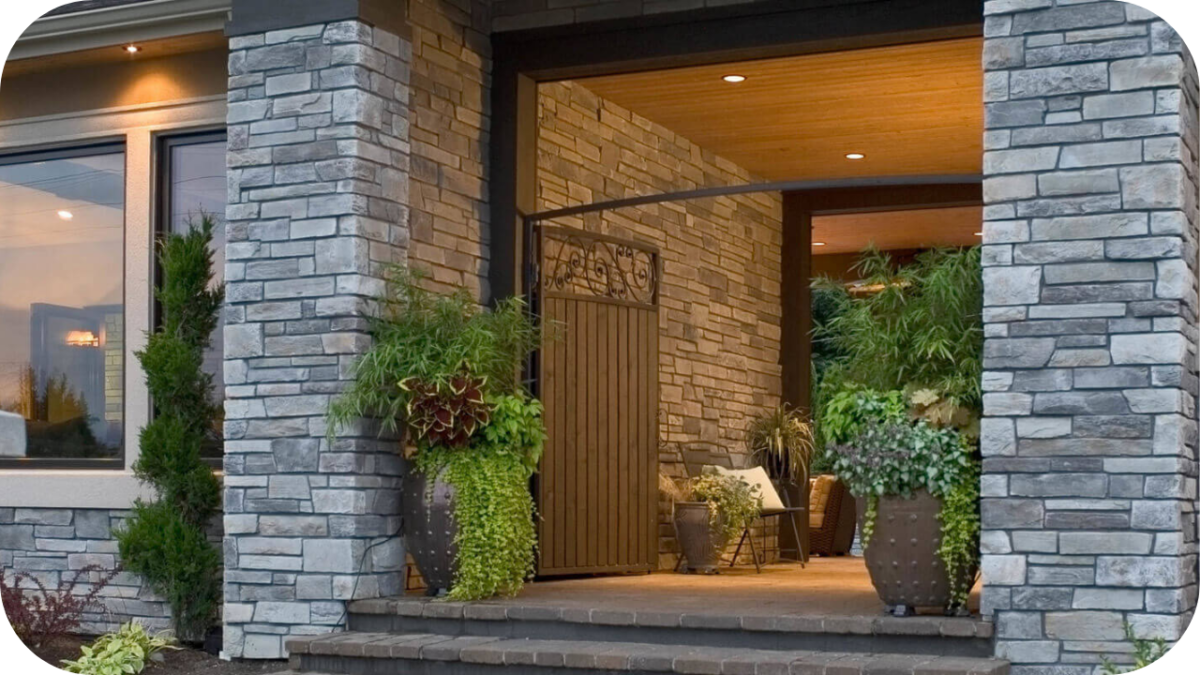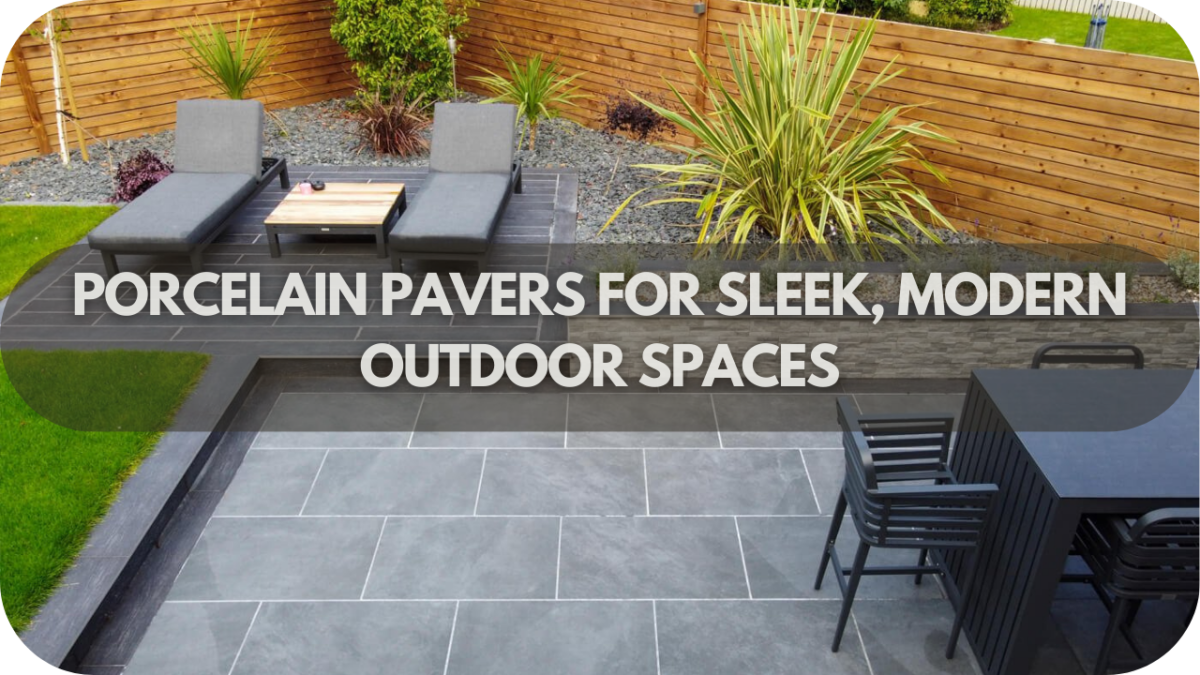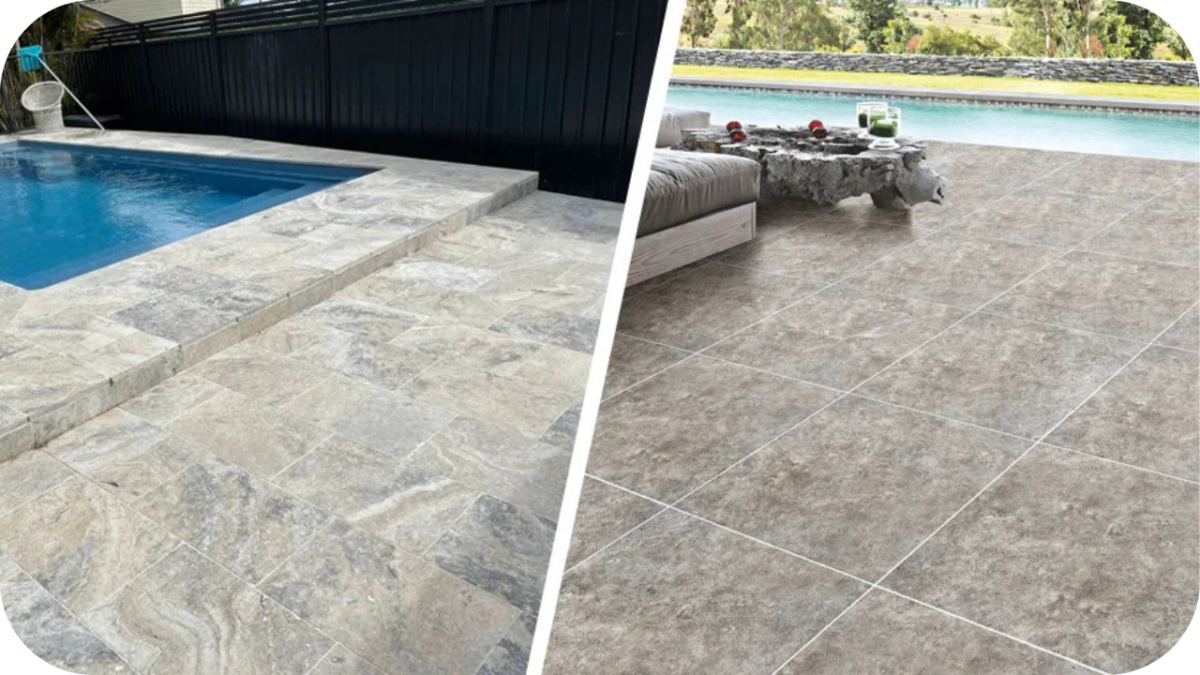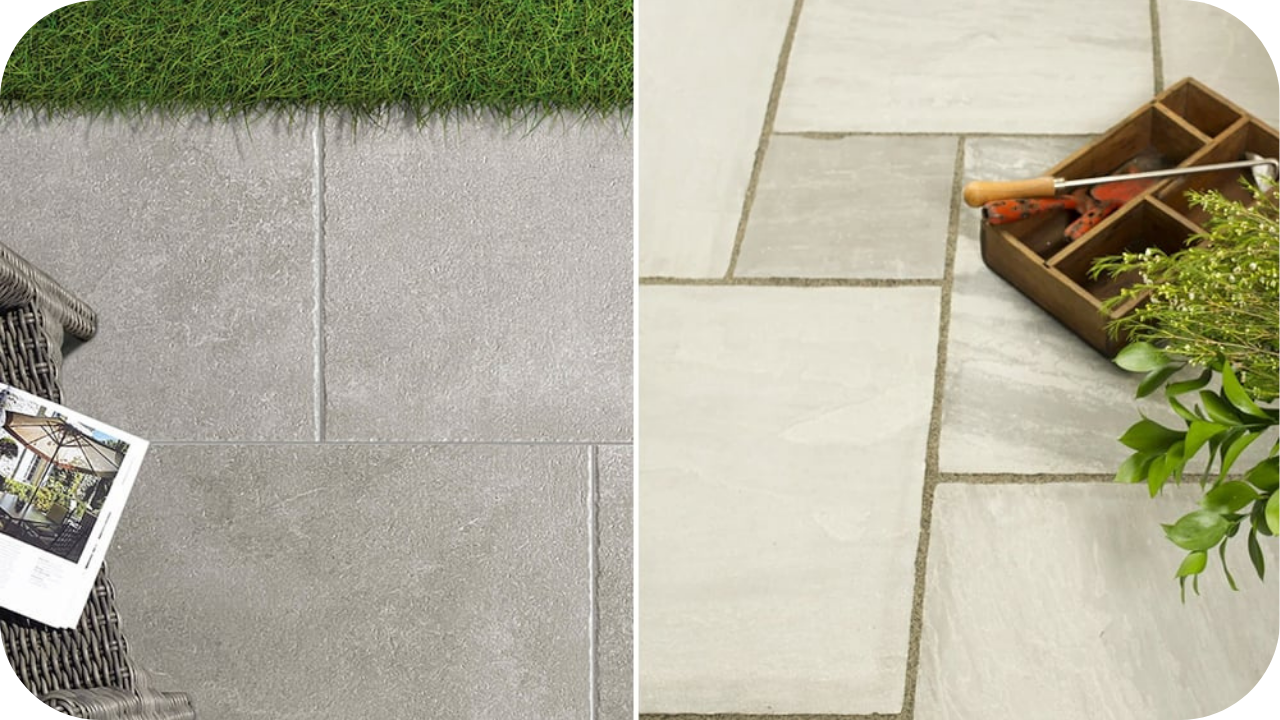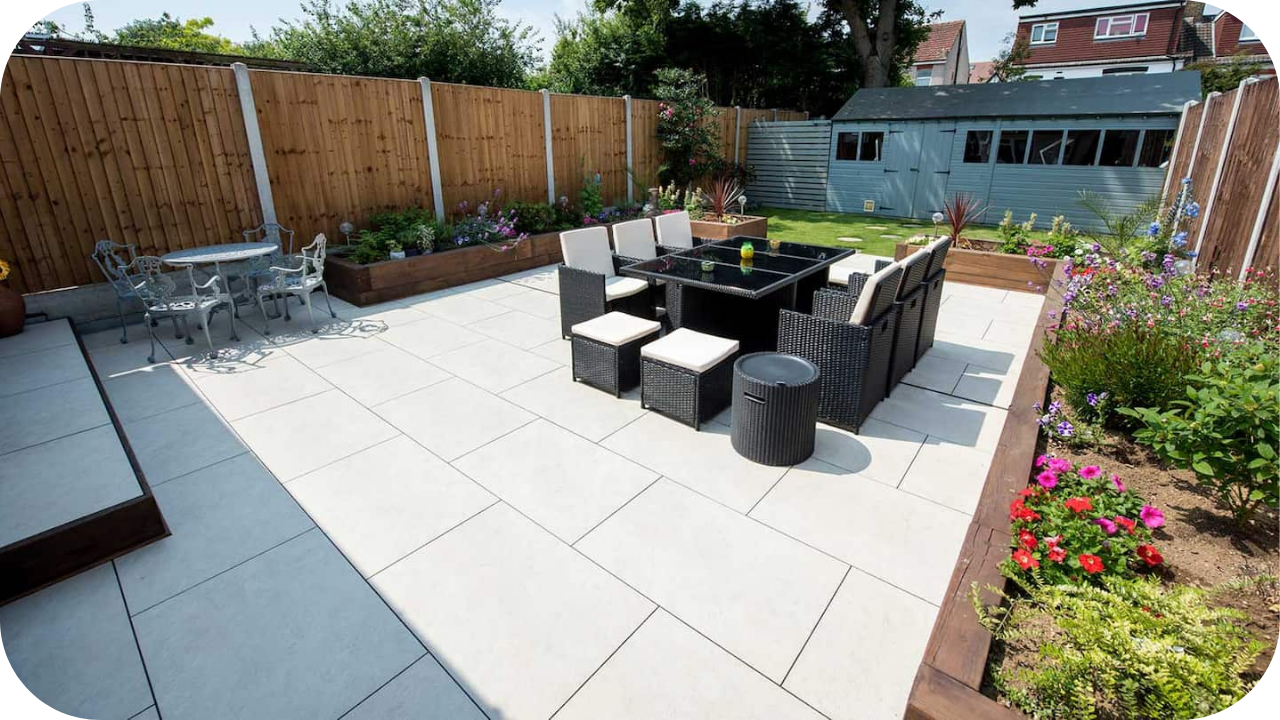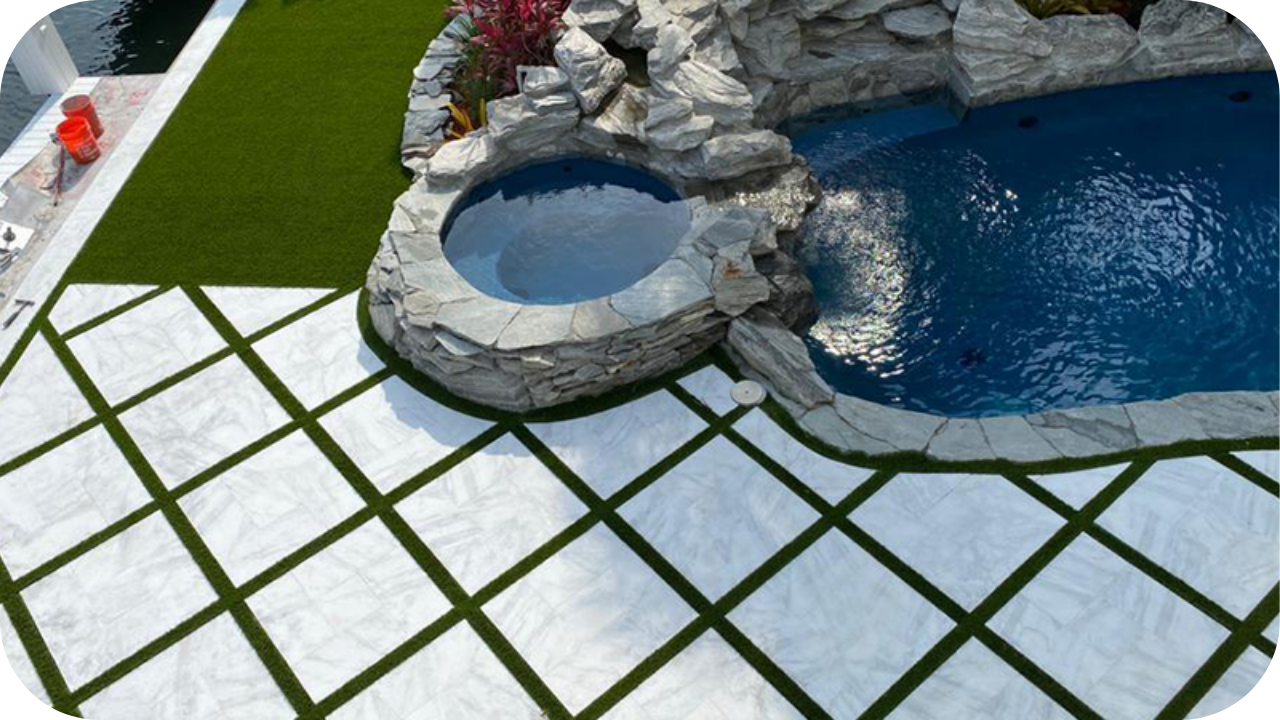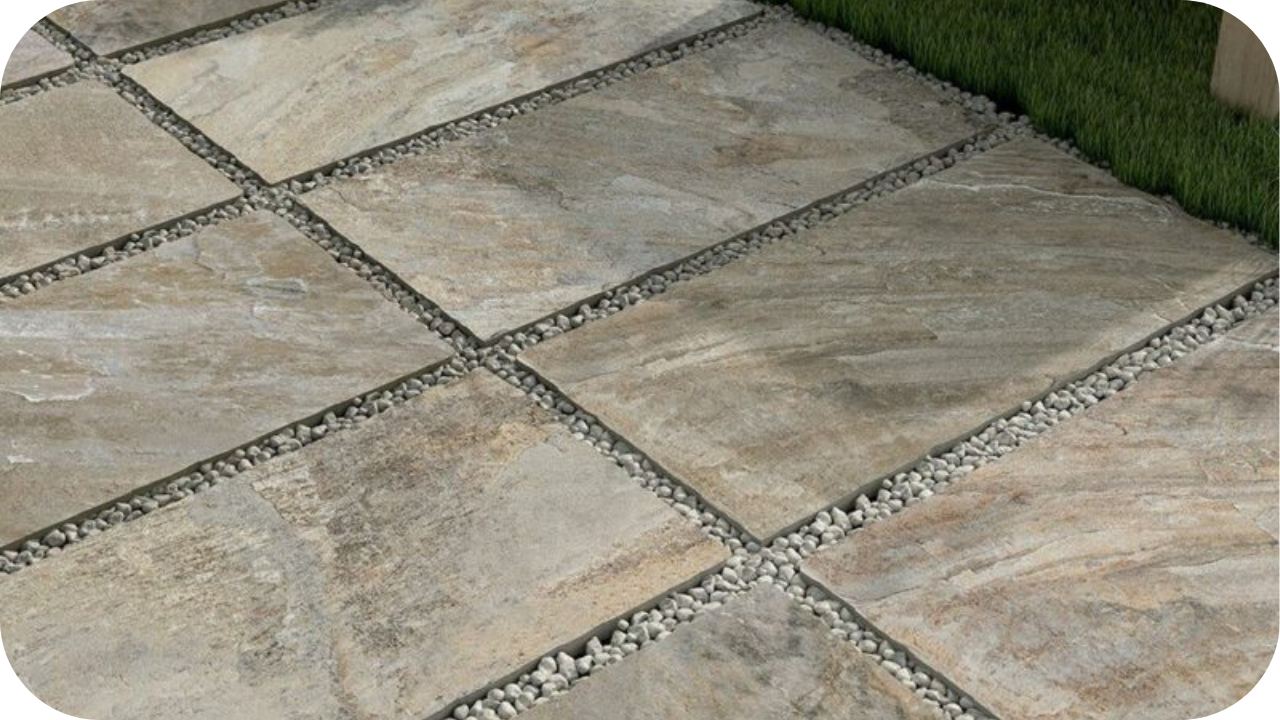Timeless sandstone cladding for exterior walls
Imagine a home that never loses its charm and stands resilient against the elements while exuding natural elegance. That’s the power of sandstone cladding for exterior walls. With its timeless appeal, durability, and ability to blend seamlessly into any architectural style, sandstone remains a top choice for homeowners and designers alike.
But why is it so enduring? And how can you ensure you choose the right type for your home? Keep reading to discover everything you need about sandstone cladding and why it’s worth the investment.
Why Choose Sandstone Cladding for Exterior Walls?
If you’re looking for a timeless and durable solution to elevate your home’s exterior, sandstone cladding ticks all the boxes. Here’s why it stands out:
- Natural Beauty: Rich textures, earthy tones, and unique veining create a classic, elegant appearance.
- Exceptional Durability: Withstands extreme temperatures, heavy rain, and sun exposure without fading or cracking.
- Low Maintenance: Requires minimal upkeep—occasional sealing and cleaning to keep it pristine.
- Energy Efficiency: Its insulating properties help regulate indoor temperatures, contributing to better energy savings.
- Versatility: Suits various styles—from rustic to modern—while adding lasting value to your home.
Best Types of Sandstone for Exterior Cladding
Not all sandstone is created equal. The type you choose for your exterior cladding can significantly affect the look and performance of your home’s facade. Here are some of the best types of sandstone that suit different architectural styles and environmental conditions:
1. Natural Split-Face Sandstone
Natural split-face sandstone features a rough, textured surface that enhances the rugged, natural beauty of a building. This type of cladding is perfect for rustic and traditional home designs, creating an earthy, organic aesthetic.
The rough finish also offers excellent grip, making it an ideal choice for areas prone to moisture, such as wet climates or slippery surfaces. In addition to its visual appeal, split-face sandstone’s textured surface helps it absorb heat in the winter while remaining cool in the summer, making it energy-efficient for your exterior walls.
2. Honed Sandstone
Honed sandstone undergoes a polishing process, resulting in a smooth, matte finish, making it perfect for more contemporary and modern designs. This polished surface provides a clean, sleek look that complements minimalist and modernist architectural styles. Honed sandstone reflects a more refined appearance with soft, understated tones that give your building a sense of elegance and sophistication.
It’s also more resistant to staining and weathering than rougher stone types, offering low-maintenance benefits in areas with high exposure to pollution or moisture. If you prefer a modern, polished look, honed sandstone is perfect for your exterior cladding.
3. Sawn Sandstone
Sawn sandstone is known for its clean, straight edges and more refined texture, making it ideal for modern, uniform aesthetics. This type of sandstone provides a contemporary, minimalist look that’s perfect for homes with sharp lines and geometric shapes.
Its smooth surface and precise cut make installation easier, reducing installation time and costs. Whether you’re building a contemporary-style home or a structure with a sleek, urban appeal, sawn sandstone’s clean, uniform appearance ensures a polished, modern finish. This type of sandstone pairs wonderfully with steel, glass, and concrete, enhancing the contemporary design elements of your exterior walls.
4. Tumbled Sandstone
Tumbled sandstone is the ideal choice for those seeking a more weathered, antique look. This stone is processed to create softened edges and a worn, rustic appearance, perfect for heritage-style properties or buildings that seek to emulate a classic, timeless aesthetic.
Tumbled sandstone gives your home a vintage feel, adding a layer of charm and history to your exterior. Its texture, softened by the tumbling process, makes it more resilient to wear and tear, as it naturally resists scratches and chips. If you desire a vintage, timeless look that pairs well with traditional designs, tumbled sandstone offers the perfect solution for creating an inviting, warm facade.
Design Ideas for a Timeless Look
Sandstone cladding offers an incredible range of design possibilities, allowing you to personalise your home’s exterior and create a timeless look that suits your style. Whether aiming for a classic rustic charm or modern sophistication, sandstone can be tailored to match your vision. Here are some design ideas to make the most of your sandstone cladding:
1. Classic Warm Tones for Traditional Homes
If you want a classic, timeless look for your home, beige, gold, and light brown sandstones are an excellent choice. These earthy tones add warmth and create a welcoming, traditional appearance that blends seamlessly with nature.
These warm shades are perfect for homes with a classic, rustic aesthetic, as they evoke a sense of comfort and history. To enhance the natural warmth of sandstone, you can pair these tones with wooden or terracotta accents, creating a rich contrast that brings depth and texture to the facade.
The earthy hues of the sandstone complement natural materials like wood, stone, and clay, resulting in an inviting and timeless exterior that will look beautiful for years. This combination of materials offers an ageless look and a low-maintenance option that withstands the test of time.
2. Contemporary Monochrome Aesthetics
For those who prefer a more modern and minimalist approach, grey or white sandstone is an excellent choice. These shades offer a sleek, refined finish that creates a sophisticated and contemporary aesthetic.
Grey sandstone, in particular, exudes understated elegance, while white sandstone delivers a clean, bright look that reflects natural light beautifully. When paired with large glass windows or black metal trims, these shades of sandstone provide a striking contrast, enhancing the contemporary design of your exterior.
Monochrome aesthetics are all about simplicity and clean lines, so opting for neutral tones like grey and white allows the architecture to take centre stage. These modern tones also offer versatility, easily adapting to different home styles and complementing various exterior elements such as contemporary lighting, landscaping, and furnishings.
3. Mixed-texture walls for Depth
Creating a dynamic and visually appealing facade with mixed-texture walls is easy. Combining different sandstone finishes, such as smooth-honed pieces and rough split-face stones, adds depth and texture to your exterior.
The contrast between the polished surfaces of honed sandstone and the rugged, tactile feel of split-face stones creates a striking visual effect, making your home’s exterior much more interesting and eye-catching.
A wall of mixed textures draws attention and adds a sense of luxury and craftsmanship, elevating the overall aesthetic. For example, a wall can feature split-face sandstone for the lower portion of the facade, offering a strong, textured base, while the upper part can feature honed sandstone to add a touch of sleek sophistication. This design strategy works exceptionally well in modern or eclectic architecture, providing a sophisticated yet lively atmosphere that never goes out of style.
4. Contrast with Greenery
Sandstone cladding not only looks stunning by itself, but it also pairs beautifully with nature, especially when surrounded by lush greenery. The neutral, earthy tones of sandstone act as a perfect backdrop for vibrant plants, shrubs, or trees.
You can take this further by integrating vertical gardens or climbing plants that wind their way up the walls, creating a harmonious blend of natural beauty. The contrast between the natural stone and the fresh greenery helps to soften the boldness of the cladding while adding a touch of organic life to the exterior.
This combination of stone and plants enhances the aesthetic appeal and contributes to environmental sustainability, providing natural insulation and improving air quality. Whether you place climbing ivy or hanging flowers around the sandstone cladding, this contrast creates a cohesive, balanced atmosphere perfect for homes connected to nature.
These design strategies show how versatile sandstone cladding can be, ensuring that your home remains stylish and timeless for years. By carefully selecting textures, colours, and surrounding elements, you can create a facade that reflects your style while maintaining its appeal across generations.
Long-Term Maintenance and Care
Proper maintenance ensures that your sandstone cladding remains beautiful and durable for years. Here’s how to care for it:
- Regular Cleaning: Use mild soap and water to remove dirt and debris. Avoid harsh chemicals that can erode the stone’s surface. Pressure washing should be done carefully at low settings to prevent damage to the stone.
- Sealing for Protection: A high-quality stone sealer prevents water absorption and reduces the risk of staining. Reapply the sealer every 3-5 years for maximum protection.
- Preventing Weathering and Discolouration: Exposure to sun and rain can cause minor colour changes over time. To maintain the stone’s natural hue, use UV-resistant sealants and keep surrounding areas free from damp soil and moss buildup.
- Addressing Cracks and Damage: If cracks appear, they should be repaired promptly to prevent further deterioration. Using a matching stone filler ensures a seamless fix without compromising the look.
- Monitoring for Efflorescence: Efflorescence, the white powdery residue that can form on sandstone due to water evaporation, should be monitored. If you notice this, remove it with a soft brush and avoid excess moisture exposure.
- Cleaning Stains Promptly: For any stains caused by organic materials, clean them as soon as possible with a gentle solution. Let the stone breathe, and avoid scrubbing too hard to prevent surface damage.
Final Thoughts
Sandstone cladding is a long-term investment that combines beauty, durability, and functionality. Whether you prefer a classic, rustic, or contemporary style, sandstone adapts effortlessly to various architectural themes. By choosing the right type, ensuring proper installation, and following regular maintenance, your exterior walls will maintain their timeless appeal for generations.
Consult us today if you’re ready to transform your home’s facade with sandstone cladding. Make the right choice and enjoy a sophisticated, lasting exterior that stands the test of time.

